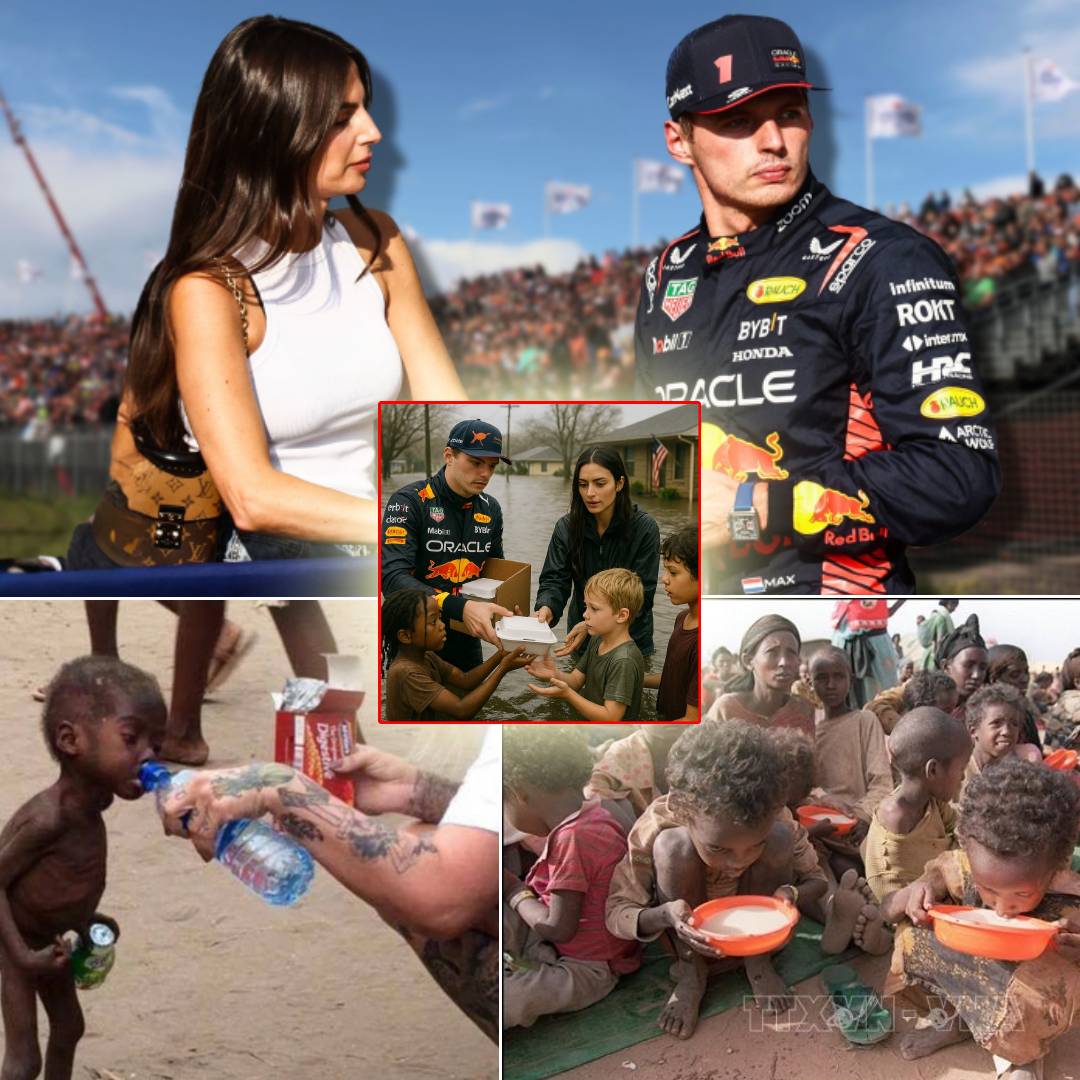In an escalating arms race that could reshape aerial combat dynamics, the spotlight is on two formidable fighter jets: China’s J-10 and France’s Rafale. This comparative analysis reveals critical differences that could determine aerial supremacy in future conflicts.
 The J-10, a single-engine multi-role aircraft, has been a key asset for the Chinese Air Force since its introduction in 2005. With a length of 55 feet and a maximum takeoff weight of 21 tons, it boasts a top speed of Mach 2.1 and a combat radius of 1,616 miles. Its design incorporates advanced agility features, including thrust vectoring capabilities in some variants, allowing it to perform complex maneuvers. The J-10’s armament includes a range of air-to-air missiles, with the PL-15 boasting a range of 186 miles, making it a significant contender in beyond-visual-range (BVR) scenarios.
The J-10, a single-engine multi-role aircraft, has been a key asset for the Chinese Air Force since its introduction in 2005. With a length of 55 feet and a maximum takeoff weight of 21 tons, it boasts a top speed of Mach 2.1 and a combat radius of 1,616 miles. Its design incorporates advanced agility features, including thrust vectoring capabilities in some variants, allowing it to perform complex maneuvers. The J-10’s armament includes a range of air-to-air missiles, with the PL-15 boasting a range of 186 miles, making it a significant contender in beyond-visual-range (BVR) scenarios.
Conversely, the Rafale, introduced in 2001, is a twin-engine powerhouse that excels in versatility and operational range. With a length of 50 feet and a maximum takeoff weight of 24.5 tons, it can reach speeds of Mach 1.8. The Rafale’s combat radius of 1,150 miles is slightly less than that of the J-10, but it compensates with superior payload capacity and advanced avionics. Its active electronically scanned array (AESA) radar can track multiple targets simultaneously, enhancing its effectiveness in multi-target engagement scenarios.
When it comes to maneuverability, both jets can withstand up to 9 Gs, but the Rafale’s higher thrust-to-weight ratio gives it an edge in dogfights. The J-10’s radar capabilities are promising but remain largely untested in combat compared to the Rafale’s proven systems.
In summary, while the J-10’s speed and range present a compelling case for its effectiveness, the Rafale’s versatility, advanced avionics, and proven combat capabilities could tip the scales in a direct confrontation. As tensions rise in global airspace, the outcome of such engagements could hinge on the pilots’ s𝓀𝒾𝓁𝓁s and the operational contexts in which these aircraft are deployed. The battlefield of the future may very well be defined by these two titans of the skies.
